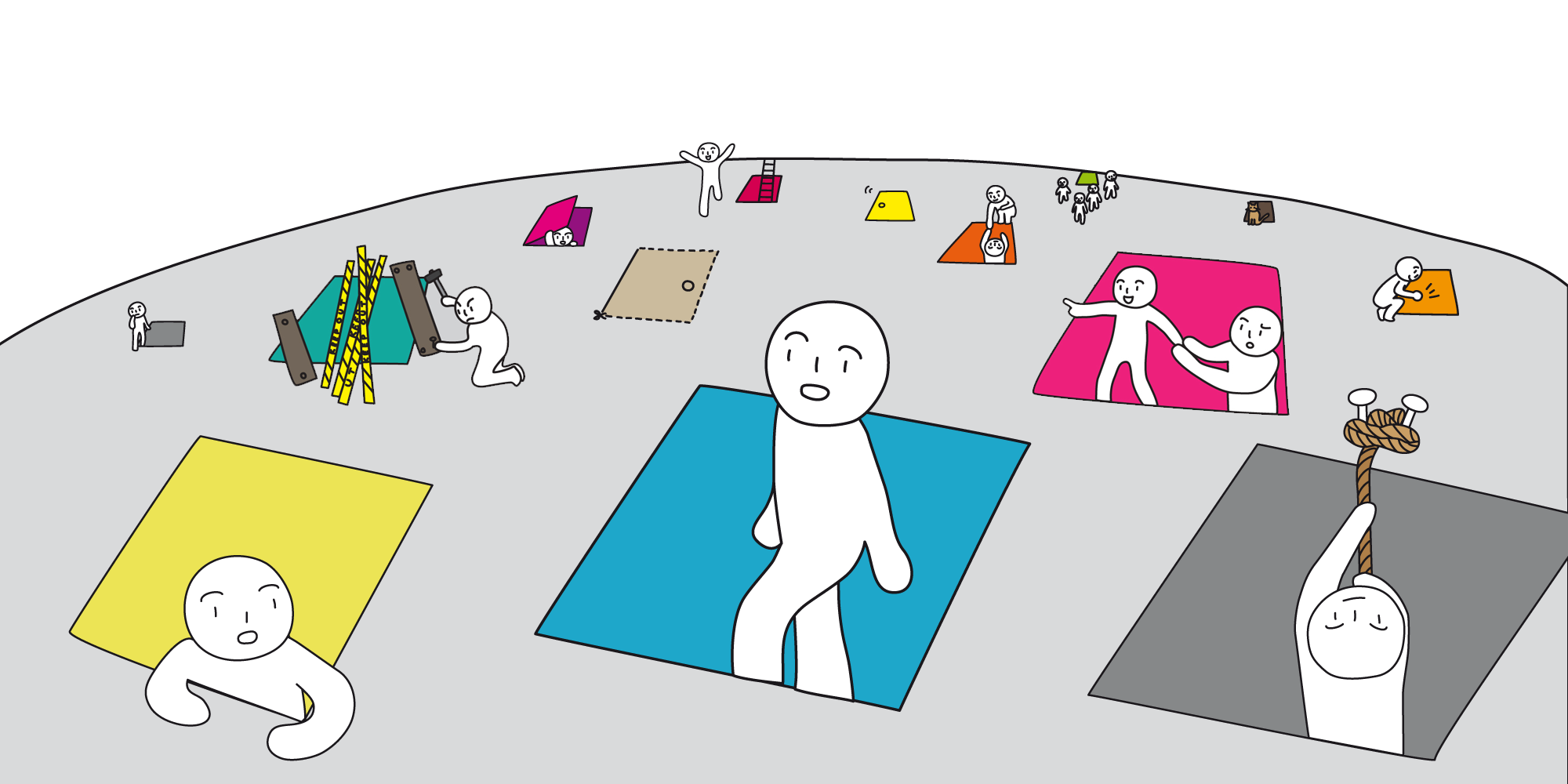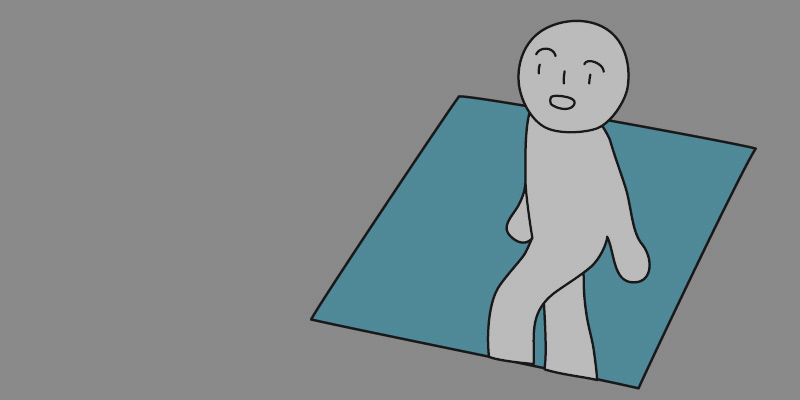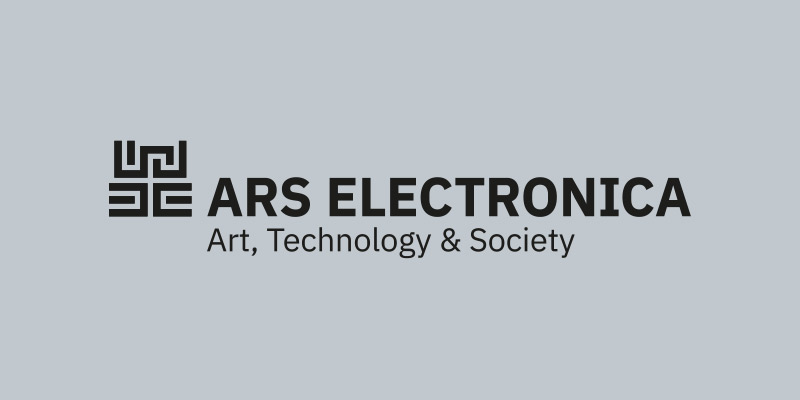technology

Digital Musical Interactions
Koray Tahiroğlu (Fl/TR)
Today digital technologies and advanced computational features, such as machine learning and artificial intelligence (AI) tools, are shaping our relationship with music as well as enabling new possibilities of utilising new musical instruments and interfaces. In this workshop, we question, what does our relationship with music and musical instruments look like today?

Computer Music Design and Research – IRCAM Workshop
Jérôme Nika (FR), Daniele Ghisi (IT)
Computer music designer, musician, and researcher Jérôme Nika (FR) will present the generative agents / software instruments DYCI2 that he develops in collaboration with Ircam, and in interaction with expert improvisers. These agents offer a continuum of strategies going from pure autonomy to meta-composition thanks to an abstract “scenario” structure.

The Art of Intelligent Interruption and Augmented Relationships
Harry Yeff (UK) & Domhnaill Hernon (IR), Nokia Bell Labs
Developing disruptive research for the next phase of human existence. What are the narratives that allow the world to embrace Augmented Intelligence and do artists offer an answer? Harry Yeff walks us through his portfolio of interactive installation, creative use of machine learning and vocal performance to explore the concept of intelligent interruption and augmented relationships.
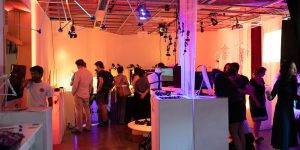
Content One Campus – Network Intelligence
Organized by Ministry of Culture, Sports and Tourism of the Republic of Korea (MCST) and Korea Creative Content Agency (KOCCA) (KR)
With its disruptive AI, robot, data, 3D, and VR technologies, the Fourth Industrial Revolution has triggered a fundamental change in the way we live, work and relate to one another. The speed and breadth of the economic, political, social, and cultural changes produced by technology are literally beyond our comprehension. It is time to think, act, and collaborate to bring about new methodologies for the coming age. What, then, will be the best strategic approach? What manners of collaboration are necessary? How can we educate our talented creators?

Aurelia 1 +Hz / proto viva generator
Robertina Šebjanič (SI)
Aurelia 1+Hz / proto viva generator addresses the possibilities of coexistence of animals and machines. The project uses living organisms to process “aliveness” of a simple robotic machine. The two entities – jellyfish and robot – are separated. If they merge into one, causing new biocybernetic organism to occur, would they be able to live forever?

The Earth that Is Us
Bruno Gomes (BR), Karapotó Plak-ô Indigenous community, Alagoas (BR)
An extension of the concept of body painting with the use of technology that opens the door to new experiences and new conversations. Participants drew the elements present in their natural environment which were then animated and projected onto their bodies.

The Beep Electronic Art Collection, Reus
The objective of the Beep Electronic Art Collection is to be witness and agent of the transgression created at the intersection of art, science and technology. It is recognized not only for what it collects, but for how it does so; it has generated a new type of collectionism promoting programs of production, preservation and patronage of technological art, encouraging the debate around issues related to the introduction of new technologies in art.
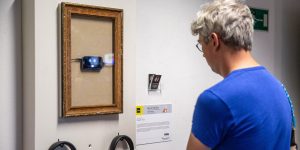
Casper’s Ex
Casper de Jong (NL)
Casper’s Ex is a playful interactive installation on the relationship between human beings and everyday technology. More specifically, this installation is about the relationship between our smartphones and ourselves. We feel attached to our devices, but as soon as a newer and better model crosses our path, we trade them in without remorse. The phone, however, cannot move on. Your data, your scent, and your picture is all they have left. Casper’s Ex is a lonely smartphone that’s been left behind and is trying to connect with you while you are passing by.

Flora
Pim Boreel (NL)
Flora is a living audiovisual installation that explores the relationship between human beings, technology and nature. This installation is an airtight glass cube, totally cut off from the outside world. Within this cube, an ecosystem is growing based on condensation. Fractal-like spores are taking shape on the glass. When drops of condensation hit sensors inside the installation, light and sound impulses are set in motion. Set within a dark space, this creates an experience for the audience around the living entity that is Flora.
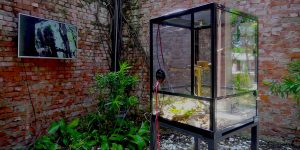
Shared Habitats
The exhibition Shared Habitats focuses on the influence of technology on socio-cultural processes through fourteen works of a digital, biological, and interactive nature. The exhibition focuses on the location of organisms in their environment, the effects of humans on their habitats, and the artistic handling of new biomaterials and technologies. Many of the works on display are based on scientific experiments that are analyzed in a cultural context.
